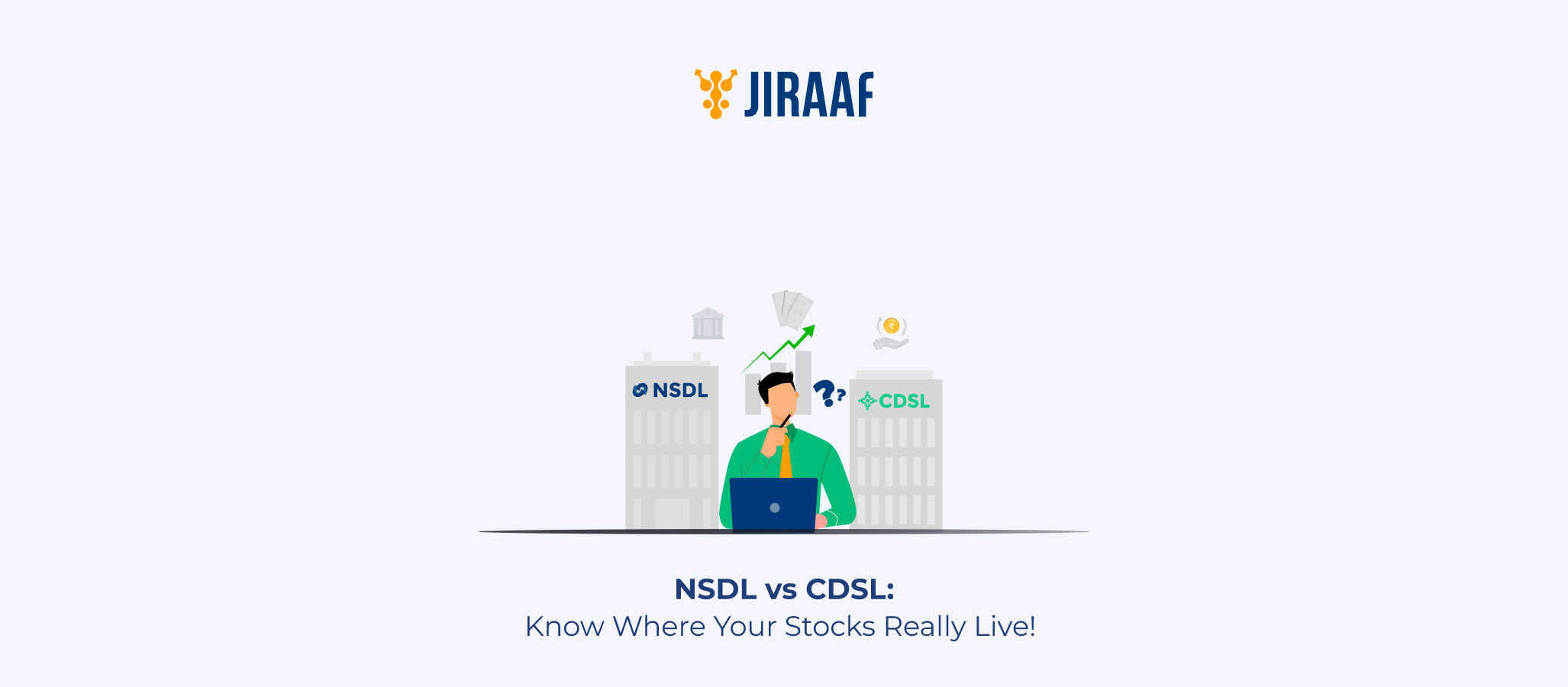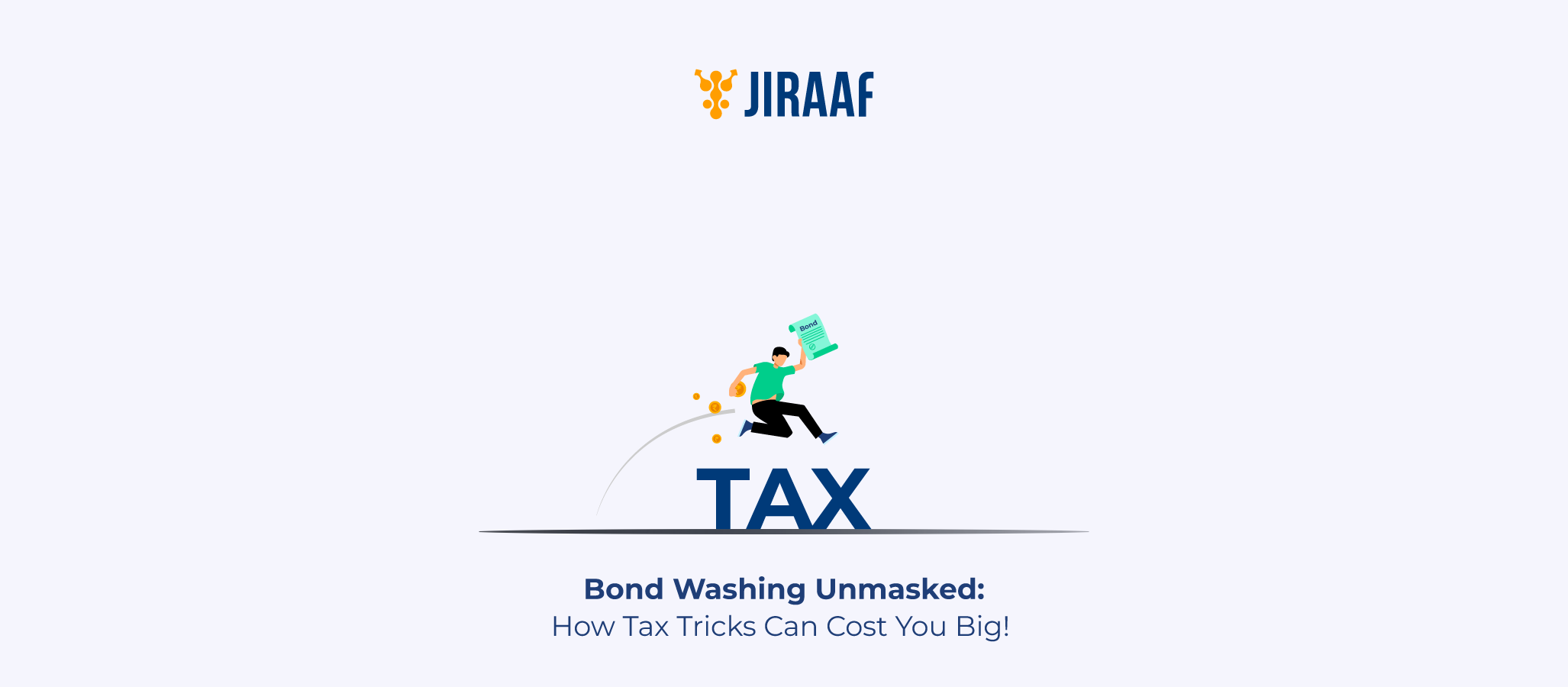Imagine being assured that your money is secure, easily accessible, and well managed when you walk into your bank and deposit your pay cheque. However, have you ever questioned how exactly banks strike a balance between protecting your money and making loans to boost the economy?
That’s where the Statutory Liquidity Ratio (SLR) enters the picture, an index that operates behind the scenes and has a significant impact on how banks function, how much they may lend, and even how inflation is controlled. Understanding SLR helps you learn more about how India’s banking system operates and why it affects your wallet, regardless of whether you’re an inquisitive saver, an aspiring investor, or someone simply attempting to figure out why loan rates fluctuate.
What is Statutory Liquidity Ratio (SLR)?
When you hear the term SLR in banking, it’s referring to the Statutory Liquidity Ratio—a tool that central banks like the Reserve Bank of India (RBI) use to manage money flow and ensure stability. By definition, SLR is the minimum portion of a bank’s net demand and time liabilities (NDTL) that must be held as liquid assets—such as cash, gold, or government-approved securities—before a bank can extend credit.
Put simply, if a bank has ₹100 in deposits, and the SLR is 18%, the bank must maintain ₹18 in liquid assets—not loan out that portion, this rule plays a crucial role in maintaining liquidity, mitigating inflation, and ensuring that banks have sufficient resources to meet withdrawal demands.
SLR Meaning and Why It Matters
As the country’s principal monetary authority, the RBI is in charge of managing cash flows, inflation, and price levels.
The RBI has numerous tools at its disposal to efficiently carry out its tasks. These include the repo rate, reverse repo rate, bank rate, CRR, SLR, marginal standing facility, open market operations, moral suasion, and a few others.
In numerous ways, SLR improves the RBI’s ability to regulate inflation. Raising SLR causes banks to lodge more money in government securities, reducing the amount of cash in the economy. This contributes to higher price levels and inflation in the economy. Doing the contrary helps to keep capital flowing through the economy. Reducing the SLR increases bank liquidity, which can stimulate economic development and demand.
Statutory Liquidity Ratio Formula & Calculation
Understanding the statutory liquidity ratio formula is straightforward:
SLR = (Liquid Assets / NDTL) × 100
- Liquid Assets: Includes cash in the vault, gold at market value, government securities like treasury bills and bonds, and RBI-approved state development loans.
- NDTL: Comprises all demand (savings/current) and time fixed deposits or recurring deposits, minus interbank deposits.
To understand this better with an example, if a bank has ₹1,000 crore in NDTL and ₹200 crore in liquid assets, then:
SLR = (₹200 / ₹1,000) × 100 = 20%
This surpasses the RBI-mandated 18%, meaning the bank remains compliant with a 2% buffer.
Importance of SLR in Banking Operations
- Assures stability and solvency: SLR increases a bank’s resilience and overall strength to withdrawal demands and financial shocks by mandating liquid reserves.
- Regulates the credit growth: An increase in SLR forces banks to invest more in non-lending assets, which restricts the amount of money they can lend, tightening liquidity and reducing inflation.
- Encourages government debt: Banks help control government debt and ensure steady funding for public projects since they hold government securities.
- Promotes prudent asset management: Banks can maintain the security and liquidity of their investment portfolios by holding gold and government securities.
- Prevents over-liquidation in banks: When banks experience an increase in the Cash Reserve Ratio (CRR) and want money immediately, SLR helps prevent over-liquidation. The RBI makes sure banks stay solvent and stable by requiring that a percentage of deposits be maintained in liquid assets. In order to support long-term financial objectives, it also promotes investing in government securities.
- Controls the movement of bank credit: SLR is a technique that the RBI utilises to control the amount of credit available in the economy. In order to limit bank lending and manage the money supply during inflation, it boosts the SLR. On the other hand, in order to increase lending and stimulate the economy during a recession, the RBI may cut the SLR.
How SLR Affects Credit Availability and Inflation
Lending and general economic activity are impacted by SLR:
- Banks have less money to lend when the SLR gets higher. This slows down the corporate/business and consumer borrowing, limits the availability of credit, and contributes to managing inflation.
- More money is available for lending when SLR declines, which can spur economic expansion but, if not well controlled, might also raise inflation.
You will therefore be aware that the next time you hear an SLR adjustment, it refers to the deliberate action taken by the RBI to balance inflation and credit flow.
Difference Between SLR and CRR
| Feature | SLR | CRR |
| Meaning | Liquid assets that banks hold in their vaults. | Cash banks must keep with the RBI. |
| Asset type | Cash, gold, government securities. | Cash. |
| Interest | Banks earn interest on SLR holdings. | None. |
| Control mechanism | Broader liquidity/credit supply management. | RBI’s cash balance control. |
| Ratio calculation | The percentage of NDTL. | The percentage of total deposits. |
| Typical rate in India | ~18% | 4% |
Conclusion
SLR is more than a banking rule; it is a precisely calibrated economic lever. Enforcing liquid-asset reserves guarantees your bank can fulfil its promises. It gives the RBI significant influence over money supply, inflation, and credit. It also helps to fund public debt while encouraging prudent risk management. Whether you are a borrower, saver, or investor, understanding how SLR works allows you to forecast how policy changes will affect lending rates, liquidity, and the economy. So, the next time the RBI announces changes, you’ll be well prepared to understand their real-world implications.
FAQs About SLR
As of June 2025, the current SLR rate in India is 18.00%.
The statutory liquidity ratio (SLR) is the percentage of a bank’s net demand and time liabilities (NDTL) that must be held in the form of eligible assets. It is computed by dividing the total value of eligible assets owned by the bank by its NDTL, then multiplying by 100.
SLR’s significance in banking stems from its function as a vital statutory liquidity ratio instrument for monetary policy that maintains financial stability while balancing loan availability. It supports regulated economic growth and assists banks in managing liquidity, as mandated by the Reserve Bank of India (RBI).
If a bank fails to maintain the required SLR, RBI charges a penalty of 3% above the bank rate on the shortfall for the first working day, increasing to 5% above the bank rate if the default continues the next day. The penalty is calculated daily on the shortfall amount.
Discover fixed income investments with Jiraaf, a SEBI registered online bonds platform that educates and brings access to a wide array of bonds. Sign up today to explore diversified fixed income investment opportunities to support your goal-based wealth creation journey. Start investing!



